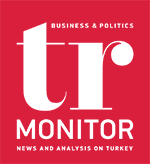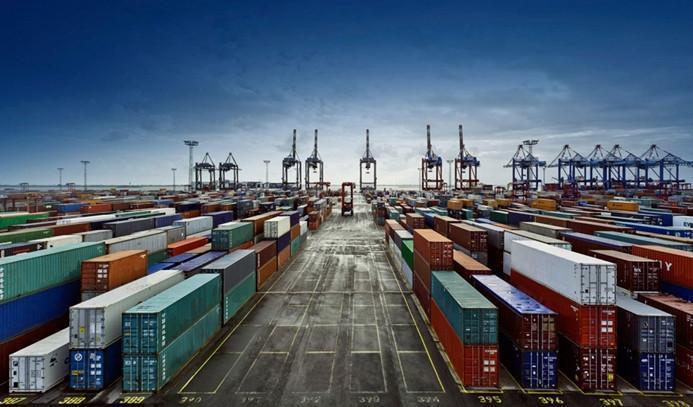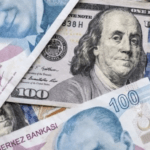BY ISMET OZKUL
Managers of the economy, which started the Central Bank interest rate cut in September 2021, mentioned the ‘China model’. Then, it was renamed the ‘Turkey Model’. These managers, which seeks a rabbit to pull out of a hat to stop the foreign exchange rate (FX) hike, asserted that day that the FX rate surge would create good results for the economy.
The FX rate hike would raise exports, decrease imports, close the current account deficit, attract the cheap labor investors to Turkey, increase FX, decrease the FX rate increase and therefore reduce inflation, they said. This story, which evokes the Nasreddin Hodja stories, has created a reverse result.
The 12-month foreign trade (FT) deficit, which hovered around USD 43-44bn in the period when the interest rate cut started, exceeded USD 71bn in May, according to the Turkish Statistical Institute. It reached USD 76.4bn in June, according to the preliminary data of the Trade Ministry. The FT deficit jumped 75% in eight months. The current state of inflation, which was supposed to decline, has been inevitable. Considering the collective data in detail, the fault of the economic policy followed by the government can inarguably be seen.
►The 5-month total exports rose by 20.36% and imports increased by 40.82%, compared to 2021. The energy price hike has a significant adverse impact on this. However, the FT balance excluding energy, and the export/import coverage ratio deteriorated.
►5-month exports rose by 29% in food manufacturing, and the import increase reached 42.4%. The FT balance in this sector posted a USD 4.1bn surplus, which surged by USD 624m compared to 2021. Although the import increase was faster there is a limited recovery in the balance.
►This disappears when animal and plant products and the raw material of food manufacturing, are examined together. In this group, exports rose by 15.02%, imports soared 27.20% while the FT deficit jumped from USD 897m to USD 3.07bn.
►Textile exports rose by 2.66% and imports climbed by 54.7%. Exports in clothing manufacturing increased by 17.92% against a 47.95% jump in imports.
►Base metal exports surged by 24.78% and imports soared by 34.13%. The FT deficit of the sector jumped 52.23% to USD 7.7bn.
►Chemicals exports increased by 41.36% and imports rose by 37.31%. But the FT deficit in the sector climbed by 35.34% to USD 13.76bn.
►Automotive imports dropped 13.59% with the FX rate impact. But exports just rose by 1.38%.
►The overall export unit value index rose by 13.3% while the overall import unit value index jumped 39.4% in April. Thus, relatively, Turkey made sales at a cheaper price and bought at a higher price.










